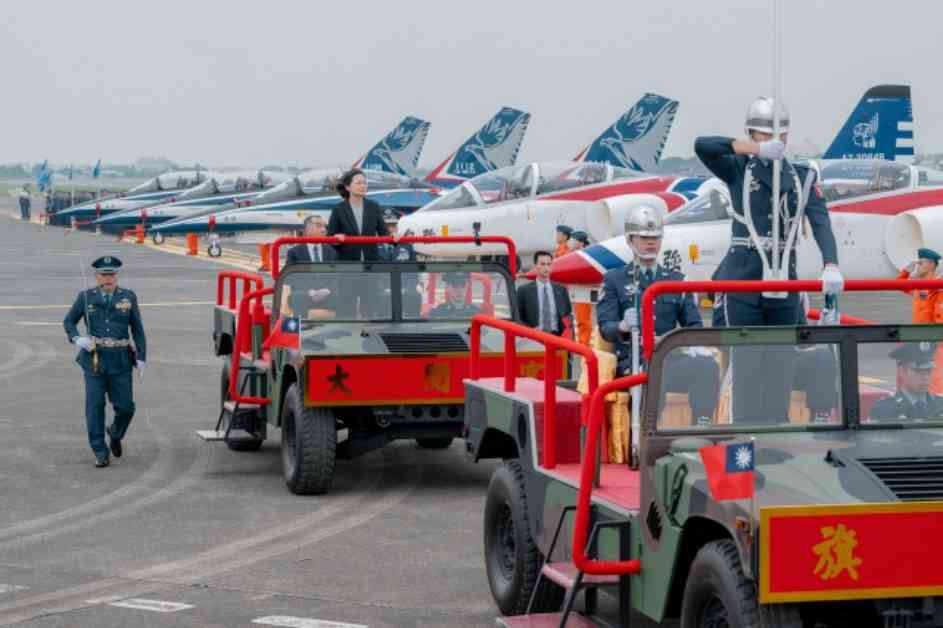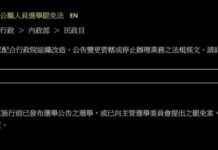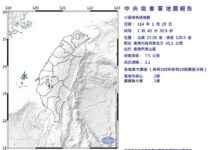China’s Grey Zone Conflict Tactics towards Taiwan under Tsai Ing-Wen: A Comprehensive Analysis
As tensions between China and Taiwan continue to escalate, the concept of Grey Zone Conflict has emerged as a significant threat to Taiwan’s national security. Since Tsai Ing-Wen assumed office as President of Taiwan, the frequency and intensity of Grey Zone activities by China have steadily increased. This trend has become even more pronounced during Tsai Ing-Wen’s second term and has continued to escalate following the inauguration of President Lai Ching-Te in May.
Grey Zone Conflict is a strategic approach employed by states to achieve political objectives through non-military coercive measures while remaining below the threshold of war. This strategy involves a combination of military and non-military means to alter the status quo without provoking decisive military responses from adversaries. Key characteristics of Grey Zone Conflict include the use of tactics that do not violate international norms, avoid threatening core interests, and employ unconventional means such as cyberattacks and territorial incursions. The strategy is based on the concept of “salami-slicing tactics,” where small changes are accumulated over time to achieve significant alterations to the status quo.
In the case of Taiwan, China’s Grey Zone Conflict strategy involves a variety of operations, with a particular focus on air and sea incursions aimed at altering the status quo between Taiwan and China. Since 2016, the frequency of Grey Zone activities has increased significantly, with the number of air sorties by the People’s Liberation Army (PLA) rising from 30 in 2016 to 1,703 in 2023 during Tsai Ing-Wen’s second term. The PLA has also intensified its naval operations in the waters surrounding Taiwan.
One of the most provocative tactics employed by China is the intrusion of PLA aircraft into Taiwan’s Air Defense Identification Zone (ADIZ). Chinese aircraft have crossed the median line, the unofficial border between Taiwan and China, further escalating tensions. The Chinese government’s denial of the existence of the median line in the Taiwan Strait in 2020 has led to even more frequent incursions by PLA aircraft. The Center for Strategic and International Studies (CSIS) reported an average of 79 aircraft crossing the median line each month from 2022 to 2024, with Chinese aircraft penetrating deeper into Taiwan’s restricted airspace.
These aggressive Grey Zone activities by China have raised concerns about potential miscalculations and military confrontations in the region. The restricted airspace within Taiwan’s ADIZ is considered a military-controlled territory by the ROC Air Force, and PLA intrusions into this area are viewed as direct threats. The escalation of Grey Zone activities poses a significant challenge to Taiwan’s national security and has forced the Taiwanese military and coast guard to respond to the high frequency of incursions.
China’s Grey Zone Conflict strategy aims to establish a “new normal” in the Taiwan Strait by gradually shifting the status quo to exert greater control over territories around Taiwan. These activities have imposed significant pressure on Taiwan’s defense capabilities, forcing the ROC government to respond to the continuous incursions. While these Grey Zone activities have not crossed the threshold of war, they have burdened Taiwan’s defense capabilities and created substantial pressure on the Taiwanese government.
The effectiveness of China’s Grey Zone tactics remains limited, as they have not achieved their intended political objectives. On the contrary, these coercive measures have strengthened support for Taiwan from Western allies and the international community. The US government has provided significant military assistance to enhance Taiwan’s defensive capabilities against Chinese threats, while Western countries have shown their support for Taiwan.
Despite the resistance from the Taiwanese people and the lack of international intervention, China is likely to intensify and increase the frequency of Grey Zone conflict tactics to suppress Taiwan and deter other countries from establishing political connections with the Taiwanese government. The ongoing Grey Zone activities pose a severe challenge to Taiwan’s national security and sovereignty, requiring the ROC government to formulate comprehensive defensive policies and be prepared to respond decisively to China’s threats.
In conclusion, China’s Grey Zone Conflict strategy towards Taiwan under Tsai Ing-Wen and now President Lai Ching-Te has intensified and become more frequent. These activities, integrated with military operations, are highly provocative and pose an existential threat to Taiwan’s national security. The ROC government must remain vigilant and prepared to address the challenges posed by China’s Grey Zone Conflict tactics to safeguard Taiwan’s sovereignty and territorial integrity.












